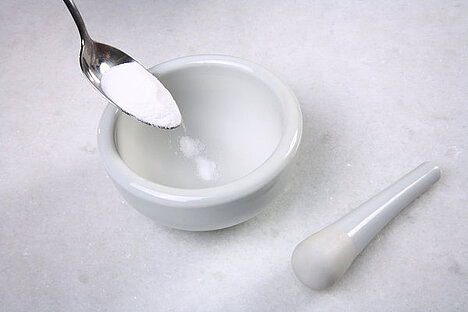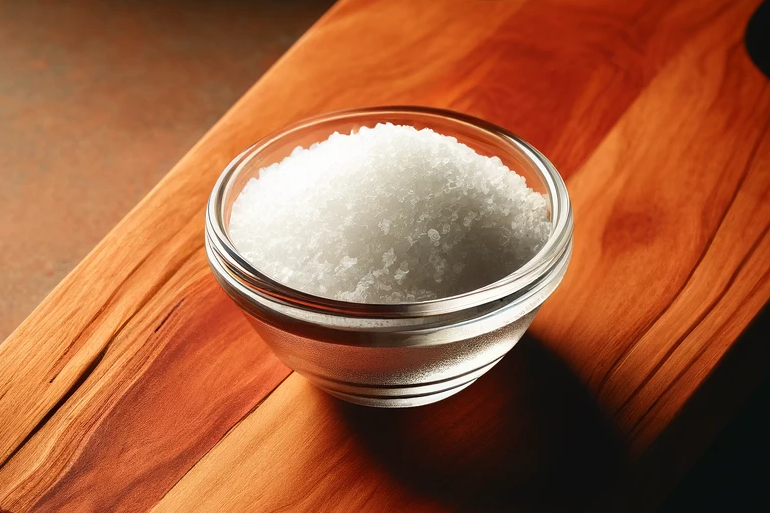Monoammonium phosphate

What is monoammonium phosphate?
Monoammonium phosphate is a chemical compound of nitrogen, phosphorus and hydrogen. It is often used as a fertilizer in agriculture, but also as an additive in food and animal feed. Monoammonium phosphate is a source of phosphorus, an important mineral for bone and tooth development, energy metabolism and DNA synthesis. Phosphorus is also a component of phospholipids, which form cell membranes.
What are the benefits of monoammonium phosphate for dogs?
Monoammonium phosphate can have several benefits for dogs when fed in appropriate amounts. For one, it can help meet phosphorus requirements, which can vary depending on the dog's age, size and health. Secondly, it can improve the shelf life and quality of dog food by lowering the pH value and inhibiting the growth of microorganisms.
What are the disadvantages of monoammonium phosphate for dogs?
Monoammonium phosphate can also have some disadvantages for dogs if it is fed in excessive amounts or if the dog has an intolerance or allergy to it. Too much phosphorus can lead to an imbalance in the calcium-phosphorus ratio, which can lead to bone diseases such as rickets or osteoporosis. Too much phosphorus can also impair kidney function and lead to kidney stones or kidney failure. An intolerance or allergy to monoammonium phosphate can manifest itself in symptoms such as diarrhea, vomiting, itching or skin rashes.
How do you recognize monoammonium phosphate in dog food?
Monoammonium phosphate can appear in dog food under different names, such as ammonium dihydrogen phosphate, ammonium hydrogen phosphate or E 342. It can also be declared as phosphates or phosphates (E 339-343). To make sure you know what you are feeding your dog, you should always read the ingredients list carefully and contact the manufacturer or your vet if you have any doubts.
Monoammonium phosphate is an ingredient found in some dog foods and can have both advantages and disadvantages. It is important that you read up on this ingredient and pay attention to how your dog reacts to it.
Properties 3
Are you looking for other ingredients with a specific property?
Just click on them to find more.
If you notice any signs of hypersensitivity or poisoning in your dog, you should see your vet immediately. We are not a substitute for a vet, but we try to be as accurate as possible. Every dog reacts differently and we recommend you get a second opinion or consult your vet if in doubt.
Stay healthy and take good care of your four-legged friend!😊
Similar to Monoammonium phosphate
Potassium dihydrogen phosphate (KH2PO4) is a water-soluble potassium phosphate salt used as a fertilizer, in food processing and in medical applications. It serves as a source of phosphorus and...
Sodium phosphate is a collective term for a group of salts consisting of sodium and phosphate ions. These chemical compounds are ubiquitous in many areas of industry and food processing, including...
Calcium phosphate is a salt made from calcium ions and phosphate ions. It occurs in various forms, for example as hydroxyapatite, dicalcium phosphate or tricalcium phosphate. Calcium phosphate is an...
Trimagnesium phosphate (Mg3(PO4)2) is a chemical compound consisting of magnesium, phosphorus and oxygen. It is an example of a magnesium salt of phosphoric acid and is found in various forms,...



